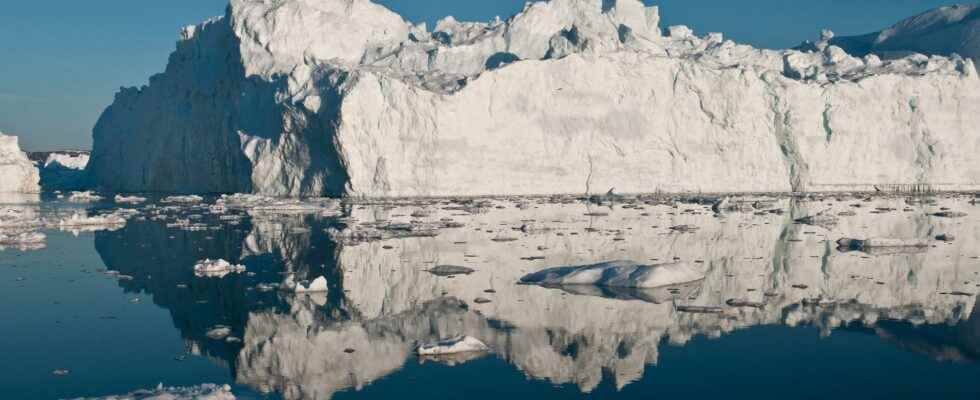Published: Less than 20 min ago
Greenland’s melting ice sheet will raise sea levels by at least 27 centimeters over the next hundred years. The change is inevitable regardless of further global warming, according to a new study.
Rising sea levels risk over time drowning land areas that are today home to hundreds of millions of people.
The Greenland ice sheet is currently the biggest cause of the swelling of the world’s oceans.
Glacier researchers state in the new study – published in Nature Climate Change – that regardless of future fossil emissions, the existing global warming will mean a substantial rise in sea level.
The ice sheet will lose 3.3 percent of its volume and cause an average sea level rise of 27.4 centimeters.
“Conservative lower bound”
The researchers cannot give an exact time frame, but estimate that most of the change will have taken place by the year 2100. This means that today’s forecasts have underestimated the risks for the coming century.
The estimates in the study also do not take into account continued warming in the future – or the melting that is taking place in Antarctica, for example.
– It is a conservative lower limit, says Jason Box, lead author and researcher at the Geological Survey of Denmark and Greenland, to the AFP news agency.
Should annual ice melt in the future be as high as the record year 2012, the sea level could rise by as much as 78 centimeters, according to the study.
Measurements and observations
Instead of data models, the researchers have used measurement data and observations from 2000 to 2019.
The rise of the sea level will in the coming decades “force its way onto the agenda”, Jason Box told AFP.
– It will start to displace people more and more.
